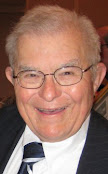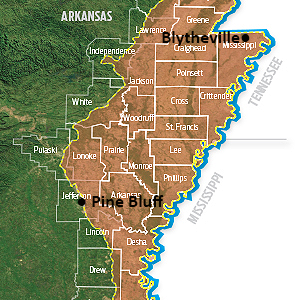By Al Cross
Director and Professor, Institute for Rural Journalism and Community Issues, University of Kentucky
When our friends at The Daily Yonder listed their Top 10 stories of 2021, it made us wonder what the top stories of the year were on The Rural Blog, as measured by individual page views.
 |
| Al Smith |
As The Rural Blog says on its right rail, it's about facts, not opinion, but you may read an opinion here occasionally. We've had a little more opinion in the last few years, because of the issues facing our democracy and journalism (and especially lately, rural journalism). Soon after the Jan. 6 insurrection, I wrote that rural newspapers should "speak the truth, stand up for it and have respectful dialogue" with readers who believed then-President Trump's lie that the election was stolen from him.
When The Associated Press finished its meticulous investigation of election-fraud claims and published a story saying that there was far too little fraud to make a difference in the election, I asked AP to make the story available to weekly newspapers that don't subscribe to the wire service. AP agreed, and our story about that was one of the most-read on The Rural Blog in 2021. Thanks again to Adam Yeomans and his superiors at AP!
The most-read post on the blog this year was a piece I wrote about Bruce Springsteen's Super Bowl ad for Jeep, which drew fire from The Washington Post's pop-music critic, who said it felt "insulting and wrong" in the wake of the insurrection to suggest that "we should all swiftly and metaphorically travel to the nucleus of white, rural America to make up and move along." I wrote that it was the columnist who was insulting and wrong, and quoted other, better takes and provided background.
The most-read news story on the blog was about the departure of a prominent local editor in Paxton Media Group after it bought her newspaper and the others in Landmark Community Newspapers in one of the biggest community news media transactions of the year. The story came from the Yonder, which quoted the unhappy editor at length but had nothing from Paxton. We sought comment from the company and added it; no other such examples have surfaced.
Another widely read story was about this year's Tom and Pat Gish Award for courage, tenacity and integrity in rural journalism, which went to the Thompson-High family of Whiteville, N.C., which published The News Reporter for more than 80 years and won a Pulitzer Prize for public service. It's great to see high readership for a story about exemplars of rural journalism.
The 10th most-read story is also gratifying. It alerted readers to a re-airing of the Institute's 2020 documentary, still available online, "about a soldier from one of the most isolated places in America who repeatedly put his life on the line for his country – but quietly returned to his very rural life and wasn’t fully honored for his heroism until 73 years later." His name was G. Murl Conner.
This didn't start out to be an article about the Institute and what we do, but that's what the page-view statistics tell us. And we wouldn't be doing right by ourselves if we didn't take this opportunity to ask for tax-deductible contributions to support our work. You can do that online, by going here. Thanks!









